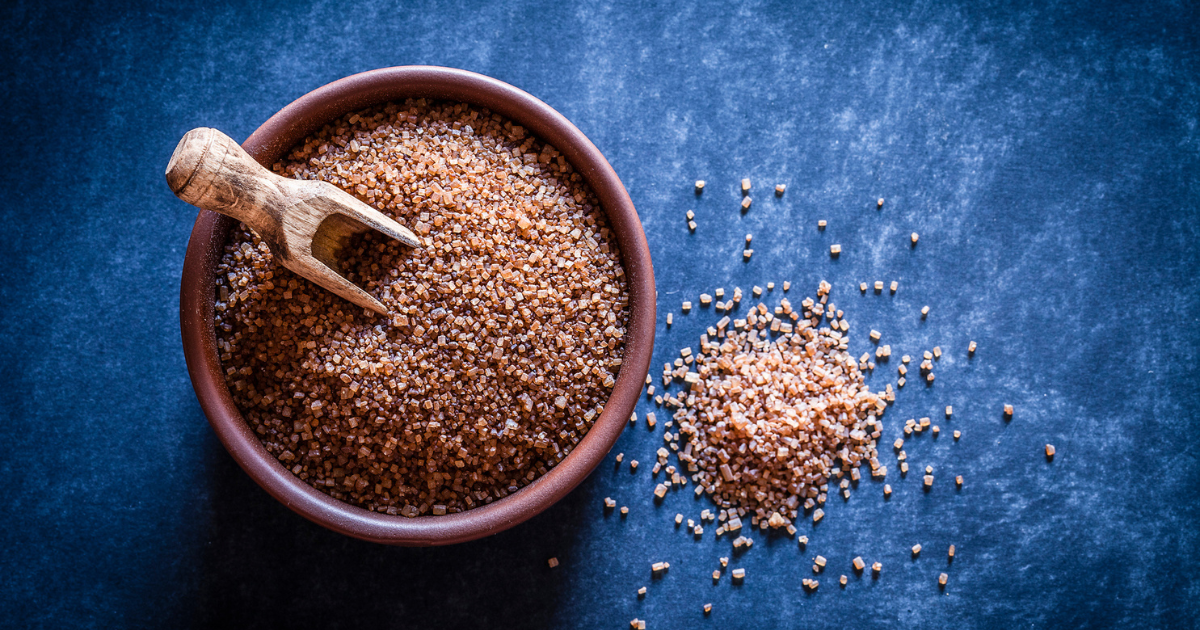With increasing public interest in “cleaner” and more natural ingredients in food and beverages, some companies are seeking ways to offer consumers more choices.
Coca-Cola recently announced that it would be releasing a new version of the soft drink, sweetened with cane sugar sourced from the United States instead of high-fructose corn syrup (HFCS). While it won’t replace the original formula, it is intended to cater to a broader range of preferences.
While swaps like these may first appear to be an improvement, it can still be confusing for consumers to determine whether replacing one with another is truly healthier.
How are cane sugar and high fructose corn syrup different?
Cane sugar is refined from the crystallized juices of the sugar cane plant. Known as sucrose, it is made up of equal parts glucose and fructose. Cane sugar may be more expensive for consumers due to higher production costs.
HFCS is derived from corn and was first introduced in the 1970s as a replacement for sucrose. Made from cornstarch, it’s processed with enzymes that convert some of its glucose into fructose. Some HFCS-sweetened beverages can contain higher fructose levels than others made with cane sugar. A common liquid sweetener, it tends to be cheaper and more stable in terms of shelf life than cane sugar.
Both sweeteners deliver glucose and fructose. Glucose provides immediate energy and raises blood sugar levels, while fructose is primarily processed in the liver and metabolized differently from glucose.
“Cane sugar and HFCS are both considered added sugars, with each containing about 15 calories per teaspoon,” says registered dietitian Lauren Grieb. “Nutritionally, they are very similar, with HFCS being only slightly higher in fructose than table sugar. The primary concern is the fructose load. Excessive fructose intake can contribute to fatty liver disease, high triglycerides, and metabolic problems.”
Is cane sugar healthier than high fructose corn syrup?
HFCS tends to have a worse reputation, partly because it is found in so many processed foods and beverages. Cane sugar is often marketed as “better” or “natural,” but metabolically, it is nearly identical to HFCS when consumed in excess.
A meta-analysis published in 2022 found that HFCS and sucrose had no significant differences in their effects on body weight, BMI, weight circumference, blood pressure, cholesterol or triglycerides when consumed in similar amounts.
“At the end of the day, both cane sugar and HFCS are added sugars,” says Grieb. “Too much of either will increase your risk of disease, including obesity, type 2 diabetes, heart disease and fatty liver. The biggest issue isn’t really which one you pick- it’s how much you are consuming.”
How much is too much?
Sugar or HFCS-filled food and beverages consumed in excess are not healthy, no matter which one you choose. Moderation is the goal, with less being better.
According to the American Heart Association, adults in the U.S. consume more than twice the recommended daily limit of added sugar. Their recommendations are:
- Men: no more than nine teaspoons (36 grams or 150 calories) per day.
- Women: no more than six teaspoons (25 grams or 100 calories) per day.
Need help navigating your nutritional health?
Your primary care physician is a good starting point. They can provide guidance on health and wellness, and if desired, work with a registered dietitian to help you meet your health goals.
The Nebraska Medicine Bariatrics Center can help. The Bariatrics Center offers both medically managed weight loss programs and surgical solutions to help you reach your weight loss goals. Schedule online or call 402.559.9500 to get started.


